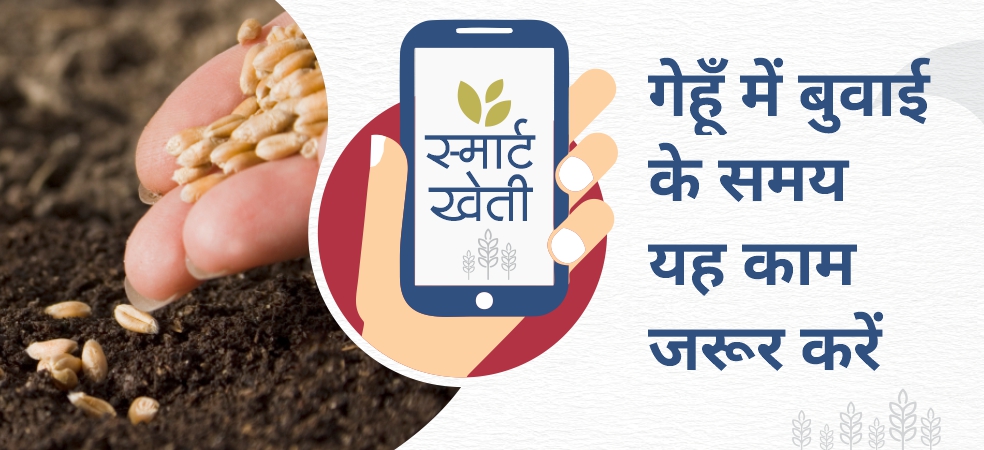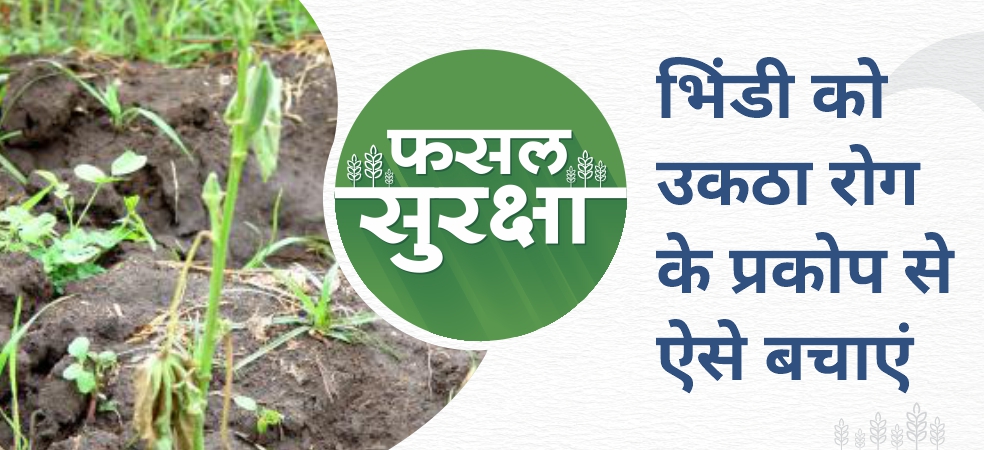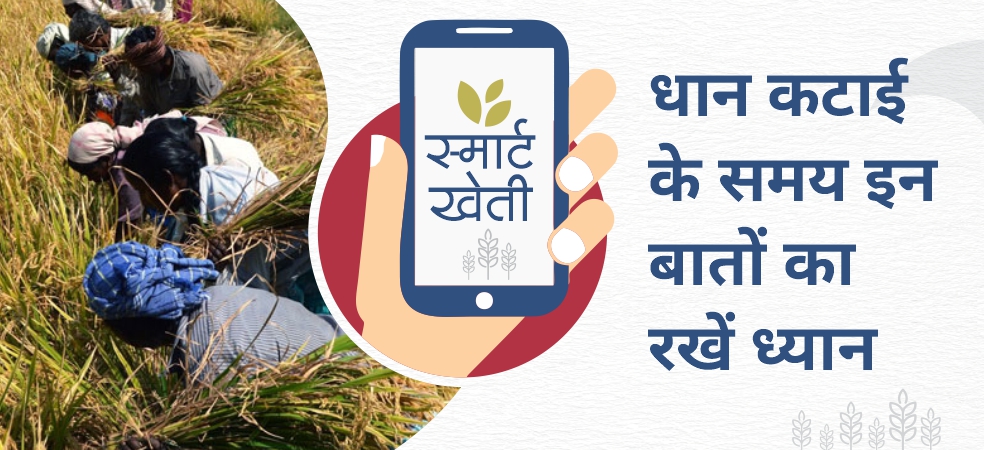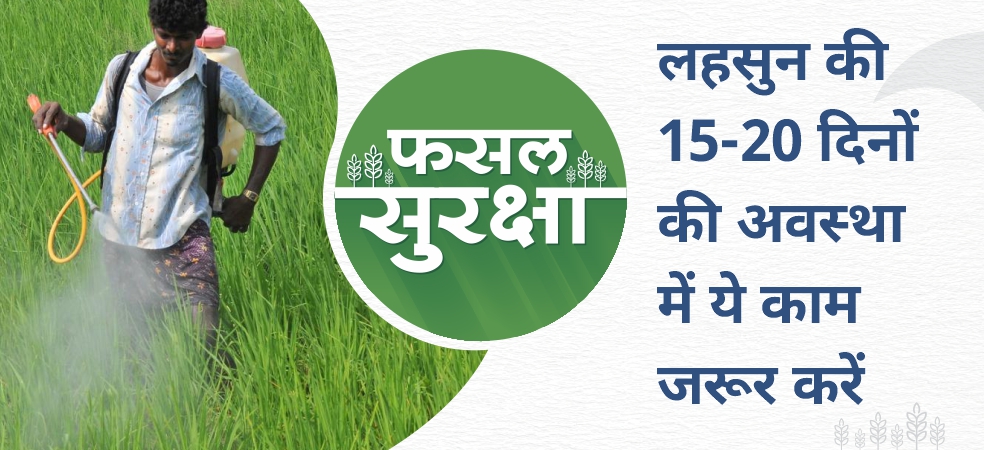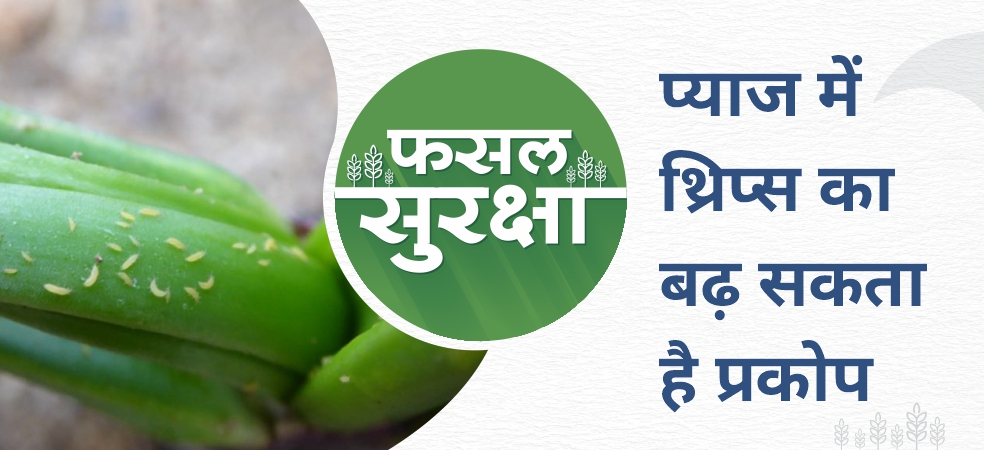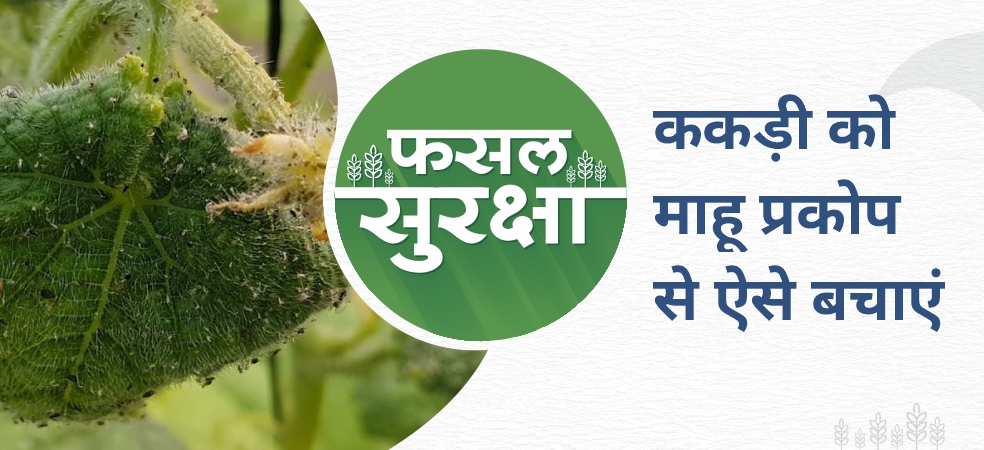-
Organic farming is the method of farming in which more production is achieved without damaging the environment and polluting the land, water and air while maintaining the natural balance.
-
Chemicals are not used in organic farming.
-
In organic farming, high-quality crops are obtained at less cost than chemical farming.
-
Organic farming increases the fertility of the soil.
-
In this, the cost of irrigation is low because organic fertilizers retain moisture in the soil for a long time, due to which the need for irrigation is less than that of chemical farming.
-
The incidence of diseases and pests on the crops grown with the use of organic farming is very less, the result is that the crops are completely chemical-free and healthy.
-
From the point of view of health, organic products are the best and many types of diseases can be avoided by using them.
Fertilizer management in wheat at the time of sowing
-
Wheat is the main crop of the rabi season. Nutrition management at the time of sowing wheat gives it a good start.
-
The growth of roots is good and tillars emerge very well.
-
At this time, the following products should be used to manage nutrition-
-
Use Urea @ 20 kg / acre + DAP @ 50 kg / acre + MOP @ 25 kg / acre
-
Urea is the source of nitrogen, DAP is a source of nitrogen and phosphorus and MOP supplies the necessary potash, thus the production can be increased by managing nutrition after sowing in the crop of wheat.
ShareAdd your farm with the My Farm section of Gramophone app and keep on getting the exact advice and solutions related to smart agriculture throughout the crop cycle. Share this article with your friends with the share button below.
How to save the okra crop from wilt disease
-
-
The main symptom of this disease starts first as curling of the upper tender portion, the margin of leaves or the whole leaves.
-
The upper parts of the plants become yellow, the growth of the bud stops,
-
the stems and the upper leaves become more hard, brittle and the leaves turn yellow.
-
The entire plant withers and the stem shrink downward.
-
The crop dries in a circle
-
Chemical treatment:
-
KASUGAMYCIN 5% + COPPER OXYCHLORIDE 45% WP @ 300 gram / acre, or KASUGAMYCIN 3 %SL@ 400 ml/acre
Biological treatment:
-
Soil treatment is the most effective way to prevent this disease, as biological treatment, MYCORRHIZA @ 4 kg/acre or TRICHODERMA VIRIDE @ 1 kg/acre.
-
Use PSEUDOMONAS FLUORESCENS @ 250 gram / acre.
ShareAdd your farm with the My Farm section of Gramophone app and keep on getting the exact advice and solutions related to smart agriculture throughout the crop cycle. Share this article with your friends with the share button below.
Bacterial Blight disease will damage the tomato crop
-
Due to the outbreak of this disease, the leaves turn yellow and at the end of the plant wither, the whole plant falls.
-
Lower leaves may drop first before wilting.
-
A segment of the lower stem is cut and squeezed with bacterial ooze.
-
Develops ectopic roots from the stem.
-
To control this disease, apply bleaching powder at the rate of 6 kg per acre before sowing.
-
Spray Streptomycin Sulfate I.P. 90% w/w + Tetracycline Hydrochloride I.P. 10% w/w 20 gm /acre or Kasugamycin 5% + Copper Oxychloride 46% WP @ 300 gm / acre.
-
As a biological treatment, spray Trichoderma viride @ 500 gm/acre or Pseudomonas fluorescens @ 250 gm/acre.
-
Follow crop rotation with cruciferous vegetables, marigold and paddy.
ShareAdd your farm with the My Farm section of Gramophone app and keep on getting the exact advice and solutions related to smart agriculture throughout the crop cycle. Share this article with your friends with the share button below.
Things to keep in mind while harvesting paddy
-
Harvest the paddy on time, if the field is full of water, then take it out of the field 8 – 10 days in advance.
-
Harvest the paddy when 80% of the ears turn yellow and the grains have 20-25% moisture.
-
The harvesting of paddy should be close to the ground surface, which greatly reduces the chances of fungal diseases in the next year.
-
Do not keep the crop in a dirty place after harvesting paddy, otherwise, the quality of paddy may be affected.
-
While harvesting paddy, keep all the paddy ears in the same direction, this makes it easier at the time of threshing.
-
Avoid harvesting paddy in a moist environment. After harvesting, take special care to protect the crop from dew and rainwater.
-
Do not dry the paddy for a long time after harvesting.
-
Do not burn the stubble in the field after the harvesting of paddy, the quality of the soil is deteriorating.
ShareFor more such important information related to smart agriculture, read Gramophone’s articles daily. Share this article with your friends by clicking on the share button.
Spraying recommendations for garlic crop in 15-20 days
- Periodic spray management is very important for the good production of garlic crops.
- With the help of these spray management garlic crops get a good head start as well as receive the disease-free garlic crop.
- For prevention of fungal diseases use CARBENDAZIM 12% + MANCOZEB 63%WP @ 300 gram / acre.
- As biological treatment Spray PSEUDOMONAS FLUORESCENS @ 250 gram / acre.
- For pest control spray ACEPHATE 75 %SP @ 300 gram / acre.
- As a biological treatment spray BEAUVERIA BASSIANA @ 250 gram/acre.
- For nutrient management, spray SEAWEED @ 400 gm / acre or GIBBERELLIC ACID @ 300 ml / acre.
- Use a silicone-based sticker with every spray @ 5 ml / 15 litres of water.
ShareAdd your farm with the My Farm section of Gramophone app and keep on getting the exact advice and solutions related to smart agriculture throughout the crop cycle. Share this article with your friends with the share button below.
Do drip irrigation in this way at very low cost
Drip irrigation is actually a method of irrigation that saves a lot of water and at the same time, it helps in the maximum useful use of fertilizer by helping to slowly soak the water in the root of the plant.
You can use this drip irrigation using the method described in today’s video at a very low cost.
Video Source: Indian Farmer
Share
How to manage thrips in onion crop
-
Thrips are small and soft-bodied insects and can be found on the upper surface of leaves but usually on the lower surface of leaves.
-
With their sharp mouthparts, they suck the sap of the leaves, which causes the leaves to turn brown on the edges.
-
The affected plant appears dry and the leaf becomes discoloured and curls upwards. This insect is the cause of Jalebi disease in onion crops.
-
For the control of thrips it is necessary to use different chemicals for every spray.
-
Management: – For the prevention of thrips Fipronil 5% SC @ 400 ml / acre or Lambda Cyhalothrin 4.9% CS @ 200 ml / acre or Fipronil 40% + Imidacloprid 40% WG @ 40 gram / acre or Thiamethoxam 12.6% + Lambda Cyhalothrin 9.5% ZC @ 80 ml / acre.
-
Biological treatment: As a biological treatment, spray Beauveria Bassiana @ 500 gram/acre.
ShareAdd your farm with the My Farm section of Gramophone app and keep on getting the exact advice and solutions related to smart agriculture throughout the crop cycle. Share this article with your friends with the share button below.
Infestation of aphid in Cucumber
-
Nymphs and adult insects, both are soft-bodied, pear-shaped and blackish in colour.
-
Large colonies of nymphs and adults are found on tender twigs and shoots as well as on the ventral leaf surface sucking the vital sap from the tissues.
-
The affected parts turn yellow, curls, wrinkles and deform in shape and ultimately dries and perishes.
-
Fruit size and quality are also reduced.
-
The aphids also produce copious quantities of honeydew on which sooty mould develops which in turn hinders the photosynthetic activity of the vines, resulting in stunted growth.
-
For its control spray IMIDACLOPRID 17.8% SL @ 100ml/acre OR ACEPHATE 75 %SP@ 300 gm/acre OR ACETAMIPRID 20 % SP @ 100 gm/acre.
-
As a biological treatment, use BEAUVERIA BASSIANA @ 250 gm/acre.
ShareAdd your farm with the My Farm section of Gramophone app and keep on getting the exact advice and solutions related to smart agriculture throughout the crop cycle. Share this article with your friends with the share button below.
Recommendations for organic farming in gram crop
-
Cultivation of gram is done more in dry and fewer water areas. Therefore, organic gram production can also be done easily. The following suggestions can be adopted for organic farming –
-
Plough the land deeply in summer.
-
Mix 4-ton farmyard manure and 2.5 kg Trichoderma in 100 kg vermicompost and mix it in the soil before sowing.
-
Treat the seed with Rhizobium 5 gm/ kg seeds + PSB 2 gm +Trichoderma 5 gm / kg seeds.
-
Cow urine 5 litres + 5 kg of neem leaves extract or NPV 250 LE or two sprays of neem nimboli extract at the onset of pod borer pest and repeat the second spray after 15 days.
-
Apply 20-25 splints per acre of “T” shape in the field. It is beneficial to put these splints 10 – 20 cm higher than the height of the gram. Friendly insects like birds, myna, heron etc. come and sit on these splints, which eat the pod borer and save the crop from damage.
-
Do not use raw manure or cow dung, it is the main cause of termite outbreaks.
-
Use Metarhizium or Bavaria bassiana fungus at the time of sowing to protect the cutworms.
ShareAdd your farm with the My Farm section of Gramophone app and keep on getting the exact advice and solutions related to smart agriculture throughout the crop cycle. Share this article with your friends with the share button below.


